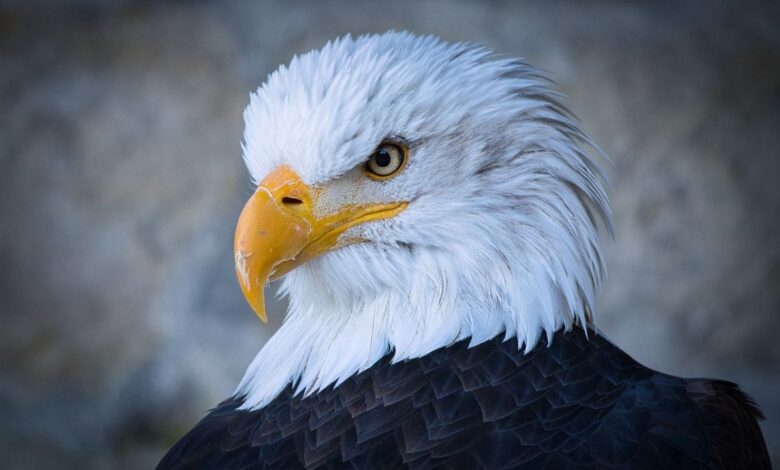Unlocking the Mysteries: The Symbolism of the Hancock Bird

Introduction to the Hancock Bird
The Hancock Bird is more than just a creature of the skies. This fascinating symbol has fluttered through history, leaving an indelible mark on cultures worldwide. Its vibrant plumage and unique characteristics captivate our imagination and invite inquiry into its deeper meanings. Why does this bird hold such significance? What stories does it tell? Join us as we explore the rich tapestry woven by the uncovering its symbolism, cultural relevance, and lasting impact in today’s society. Get ready to unlock these mysteries!
History of the Hancock Bird Symbol
The has its roots deeply embedded in folklore and tradition. It is often associated with various indigenous cultures across North America. These communities viewed the bird as a symbol of freedom and resilience, reflecting their connection to nature.
As the years progressed, the symbolism surrounding this bird evolved. During the 19th century, artists and writers began to adopt it as a representation of hope and renewal. This shift marked its importance in literature and art, showcasing the Hancock Bird’s ability to inspire creativity.
In modern contexts, it appears in logos and branding. Companies leverage its symbolic weight to convey ideals like innovation or sustainability. Its transformation through time illustrates how cultural significance can adapt while remaining rooted in history.
The Cultural Significance of the Hancock Bird
The Hancock Bird is prominent in various cultures, symbolizing freedom and exploration. Across indigenous communities, it frequently appears in folklore as a messenger between realms.
In art and literature, the bird often embodies resilience. Artists have drawn inspiration from its graceful flight to illustrate themes of overcoming adversity. This symbolism resonates deeply with those who seek hope during challenging times.
Additionally, the Hancock Bird is prominently featured in celebrations and rituals to foster community ties. Its presence is believed to bring good fortune and harmony among participants.
Through these diverse representations, the transcends mere imagery; it becomes a vital part of cultural identity for many groups worldwide. Each depiction adds layers to its significance, enriching our understanding of nature’s role in human expression.

Interpretations and Meanings of the Symbol
The carries diverse interpretations that resonate deeply across cultures. For many, it symbolizes freedom and the spirit of exploration. Its ability to soar high reflects aspirations and the pursuit of dreams.
In indigenous traditions, the bird often embodies messages from ancestors or a connection to the spiritual realm. Each sighting can be seen as an omen or a reminder to stay grounded while reaching for one’s goals.
Artistic representations frequently highlight its beauty and grace, inviting viewers to reflect on personal journeys. Some see it as a symbol of resilience—an emblem of overcoming life’s challenges with elegance.
Additionally, environmentalists regard this bird as a reminder of nature’s fragility. It represents harmony within ecosystems and advocates for preservation efforts worldwide. The multifaceted meanings create rich layers of understanding of this remarkable symbol.
The Relationship between Nature and the Hancock Bird
The Hancock Bird embodies a deep connection to nature. Its graceful movements and vibrant plumage tell stories of ecosystems thriving in harmony.
Observing this bird in its natural habitat reveals the delicate balance of life. It feeds on insects, helping regulate populations while serving as prey for larger predators. This interdependence showcases the intricate web that sustains our environment.
Moreover, the Hancock Bird often symbolizes renewal and transformation within nature. Its seasonal migrations remind us of the cycles that govern all living things.
Wildflowers bloom where they nest, creating rich habitats for diverse species. This bird’s presence indicates healthy environments, encouraging conservation efforts.
The Hancock Bird reflects humanity’s admiration for nature’s wonders through art and literature. By embracing its symbolism, we can inspire others to appreciate and protect our natural world more deeply.
Modern Usage of the Symbol
The Hancock Bird has found its way into contemporary culture in various forms. This symbol resonates with those who value freedom and individuality, from fashion to art.
Many people choose the Hancock Bird for its striking appearance and deep meaning. It represents a desire to break free from constraints and live authentically.
Social media is another platform where the symbol thrives. Users incorporate images of the Hancock Bird into their profiles or posts as a statement of personal growth and liberation.
Additionally, environmental groups often use this emblem to promote conservation efforts. The bird reminds us of our connection to nature and the importance of protecting wildlife habitats.
Merchandise featuring the Hancock Bird—such as prints, jewelry, and home decor—continues to grow in popularity. This trend highlights society’s ongoing fascination with symbolism that speaks to deeper values.
Conclusion: The Enduring Legacy of the Hancock Bird
The Hancock Bird holds a unique place in the tapestry of cultural symbols. Its rich history and varied interpretations speak to its deep-rooted significance across different societies. From ancient traditions to modern interpretations, this symbol resonates with people today.
As we explore the relationship between nature and the Hancock Bird, we uncover how it embodies themes of freedom, transformation, and connection with the environment. This avian emblem reminds us of our bond with wildlife and encourages us to appreciate the beauty around us.
The Hancock Bird has found new life through art, literature, and social movements in contemporary society. It inspires creativity while prompting reflections on conservation efforts and environmental awareness.
The Hancock Bird’s enduring legacy is evident in its ability to adapt over time while maintaining its core symbolism. As people continue to draw inspiration from this remarkable bird, it remains an important figure that captures our fascination with nature’s mysteries.